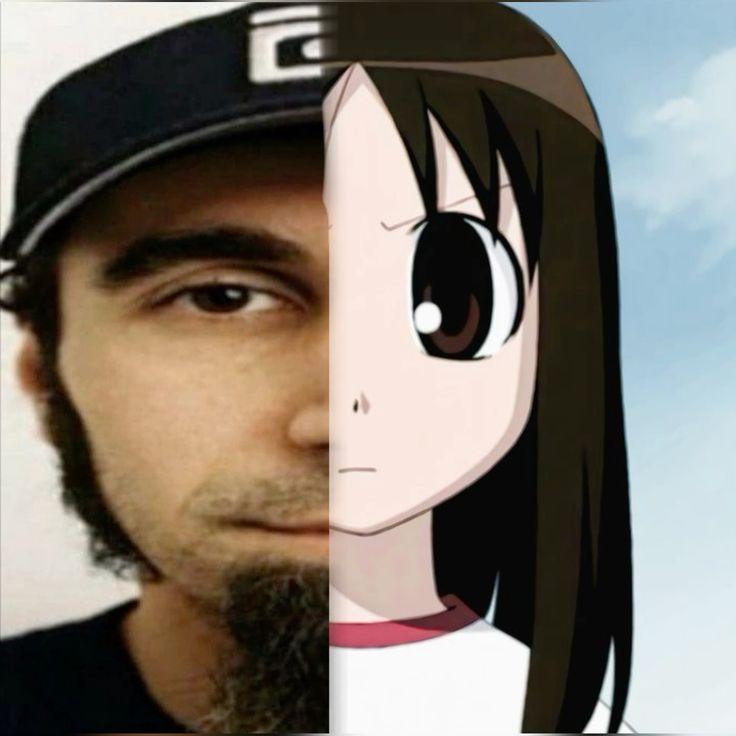@darkwing: I got those textures from this page.
Sure they are low-res and jpeg-compressed, but I'm pretty sure I cannot create better ones by myself.
Parallax mapping...
SaM3d!, a cross-platform API for 3d based on SDL and OpenGL.The trouble is that things never get better, they just stay the same, only more so. -- (Terry Pratchett, Eric)
the radeon chips support displacement mapping in hardware, but I think geforce fx's fall back to a software implementation - but I'm not sure on this.
last year I posted in the forums what I was trying, it was effecitvly paralax-mapping (which became popular about a month later :) mixied with layers.. my hardware was limited to only 5 layers though.. and it wasn't enormously quick..
link
so it can be done, but I didn't feel it was worth it.
I never got round to explaining it because I was very busy and, as I said, simple parallax became extremly popular about one month later when someone posted it on opengl.org...
I might be able to find the shaders however...
last year I posted in the forums what I was trying, it was effecitvly paralax-mapping (which became popular about a month later :) mixied with layers.. my hardware was limited to only 5 layers though.. and it wasn't enormously quick..
link
so it can be done, but I didn't feel it was worth it.
I never got round to explaining it because I was very busy and, as I said, simple parallax became extremly popular about one month later when someone posted it on opengl.org...
I might be able to find the shaders however...
ok I found the shaders...
this should show how close to my cards limits I was ;)
(Cg)
vertex shader
pixie shader
yeah.
this should show how close to my cards limits I was ;)
(Cg)
vertex shader
struct input{ float4 position : POSITION; float3 normal : NORMAL; float4 tangent : TEXCOORD0; float2 tex : TEXCOORD1;};struct output{ float4 position : POSITION; float4 texCoords : TEXCOORD0; float3 lightVector : TEXCOORD1; float3 viewVector : TEXCOORD2; float2 projectTexCoord1 : TEXCOORD3; float2 projectTexCoord2 : TEXCOORD4; float2 projectTexCoord3 : TEXCOORD5; float2 projectTexCoord4 : TEXCOORD6; float2 projectTexCoord5 : TEXCOORD7;};output main(input IN, uniform float4x4 ModelViewProj, uniform float4x4 ModelView, uniform float4x4 ModelViewINV, uniform float4 lightPos, uniform float4 viewPos, uniform float lightFalloffINV, uniform float TIME){ output OUT; OUT.lightVector = (lightPos - IN.position) * lightFalloffINV; OUT.viewVector = (IN.position - viewPos) ; OUT.position = mul(ModelViewProj, IN.position); float3 tangent2 = cross(IN.tangent.xyz,IN.normal)*IN.tangent.w; float3x3 tangent = {IN.tangent.xyz,tangent2,IN.normal}; float3 normal = mul(ModelView,float4(IN.normal,0)).xyz; float3 direction = normalize(mul(ModelView,IN.position).xyz); float3 delta = direction*0.05f / dot(normal,direction); delta = mul(ModelViewINV,float4(delta,0)); float2 texCoordDelta = mul(tangent,delta).xy; OUT.projectTexCoord1 = IN.tex + texCoordDelta*0.2; OUT.projectTexCoord2 = IN.tex + texCoordDelta*0.4; OUT.projectTexCoord3 = IN.tex + texCoordDelta*0.6; OUT.projectTexCoord4 = IN.tex + texCoordDelta*0.8; OUT.projectTexCoord5 = IN.tex + texCoordDelta; OUT.lightVector = mul(tangent,OUT.lightVector); OUT.viewVector = mul(tangent,OUT.viewVector); OUT.texCoords = float4(IN.tex,texCoordDelta); return OUT;}pixie shader
half4 main( half4 texCoords : TEXCOORD0, half3 lightVector : TEXCOORD1, half3 viewVector : TEXCOORD2, float2 projectTexCoord1 : TEXCOORD3, float2 projectTexCoord2 : TEXCOORD4, float2 projectTexCoord3 : TEXCOORD5, float2 projectTexCoord4 : TEXCOORD6, float2 projectTexCoord5 : TEXCOORD7, uniform float4 lightColour, uniform float specularPower, uniform sampler2D texture : TEXUNIT0, uniform sampler2D bumpTexture : TEXUNIT1): COLOR{ float bumpLevel1 = tex2D(bumpTexture, texCoords.xy).a; bumpLevel1 = clamp(bumpLevel1,0.0,0.167); float bumpLevel2 = tex2D(bumpTexture, projectTexCoord1).a; float bumpLevel2Sat=saturate((bumpLevel2-0.167)*6); float bumpLevel3 = tex2D(bumpTexture, projectTexCoord2).a; float bumpLevel3Sat=saturate((bumpLevel3-0.333)*6); float bumpLevel4 = tex2D(bumpTexture, projectTexCoord3).a; float bumpLevel4Sat=saturate((bumpLevel4-0.5)*6); float bumpLevel5 = tex2D(bumpTexture, projectTexCoord4).a; float bumpLevel5Sat=saturate((bumpLevel5-0.667)*6); float bumpLevel6 = tex2D(bumpTexture, projectTexCoord5).a; float bumpLevel6Sat=saturate((bumpLevel6-0.833)*6); float bumpLevel = bumpLevel1; bumpLevel=bumpLevel*(1-bumpLevel2Sat)+bumpLevel2Sat *0.333; bumpLevel=bumpLevel*(1-bumpLevel3Sat)+bumpLevel3Sat *0.5; bumpLevel=bumpLevel*(1-bumpLevel4Sat)+bumpLevel4Sat *0.667; bumpLevel=bumpLevel*(1-bumpLevel5Sat)+bumpLevel5Sat *0.833; bumpLevel=bumpLevel*(1-bumpLevel6Sat)+bumpLevel6Sat; float2 offset =bumpLevel * texCoords.zw; float2 texCoordBump = texCoords +offset; half4 detailColour = tex2D(texture, texCoordBump); half4 normal4 = tex2D(bumpTexture, texCoordBump); half falloff = 1/(dot(lightVector.xyz,lightVector.xyz)+0.5)+half(lightColour.w); half3 normal = normalize(normal4.xyz*2-1); half3 colour = half3(lightColour.xyz)*detailColour.xyz; half3 lightVectorNorm = normalize(lightVector.xyz); half3 reflection = reflect(lightVectorNorm,normal); half specular = dot(normalize(viewVector),reflection); half diffuse = dot(normal.xyz,lightVectorNorm); half4 result = lit(diffuse, specular, half(specularPower)); half intensity = (result.y+result.z) * falloff * saturate(4* diffuse); return half4(colour*intensity,detailColour.w);}yeah.
This topic is closed to new replies.
Advertisement
Popular Topics
Advertisement





